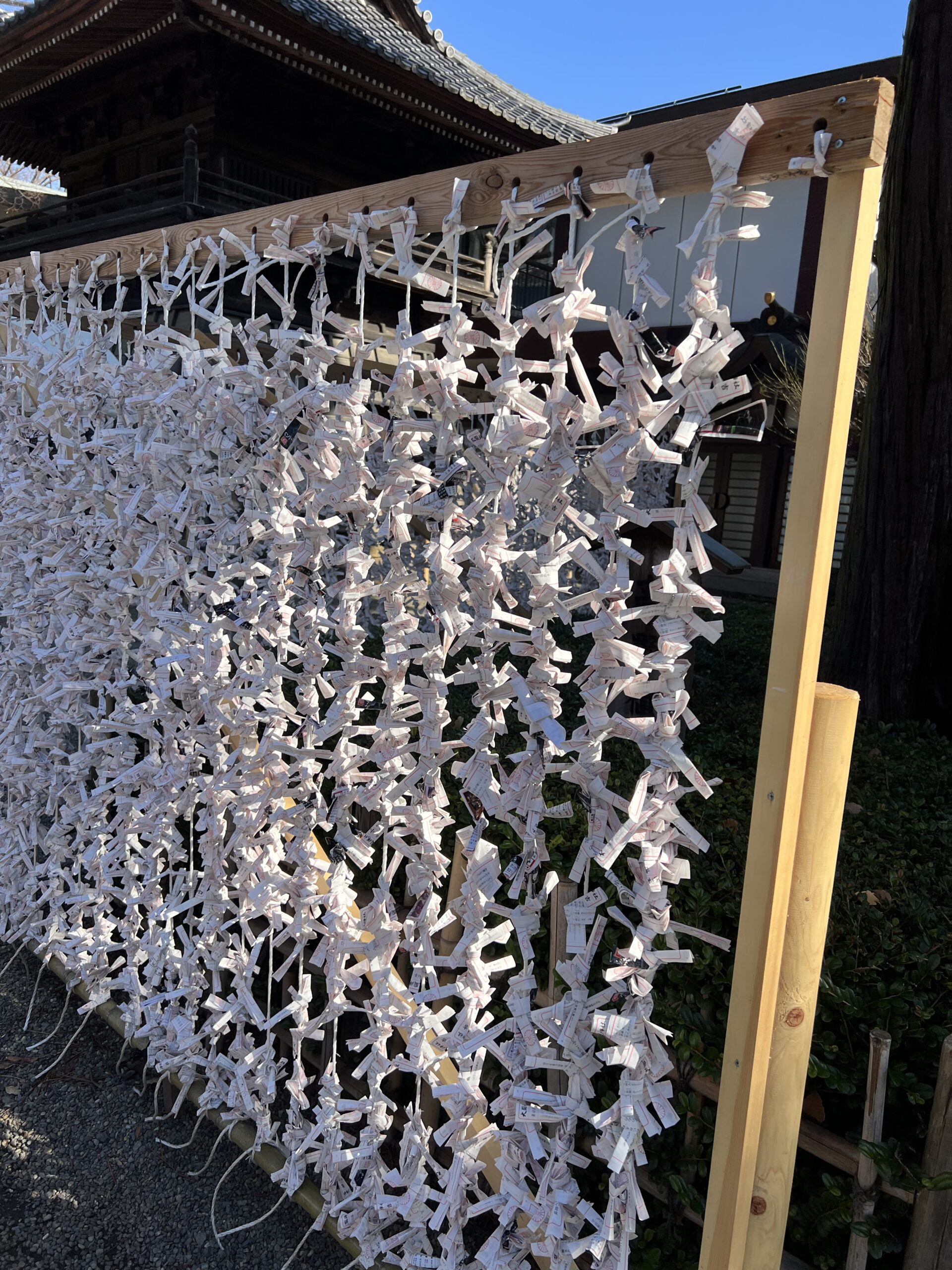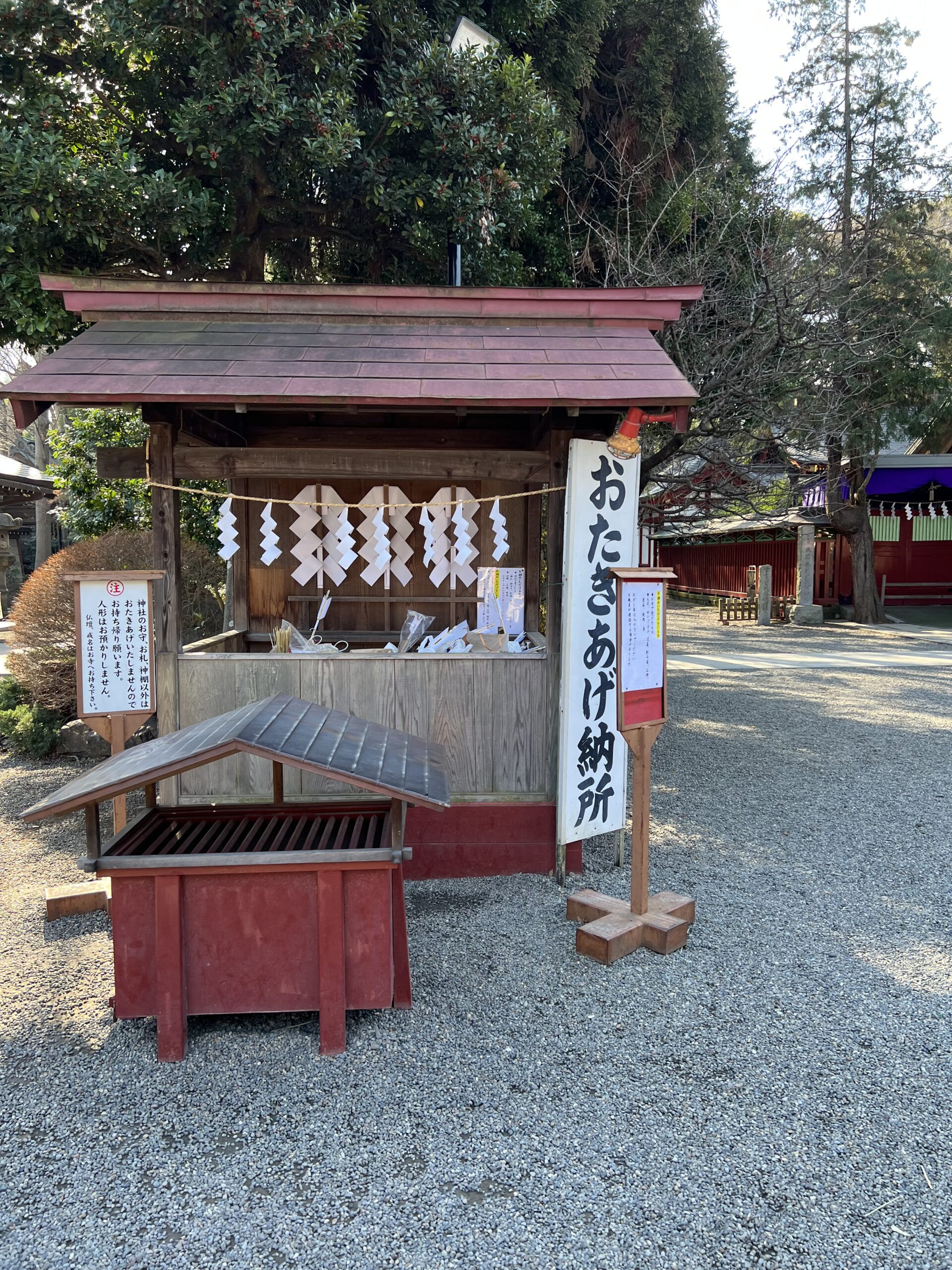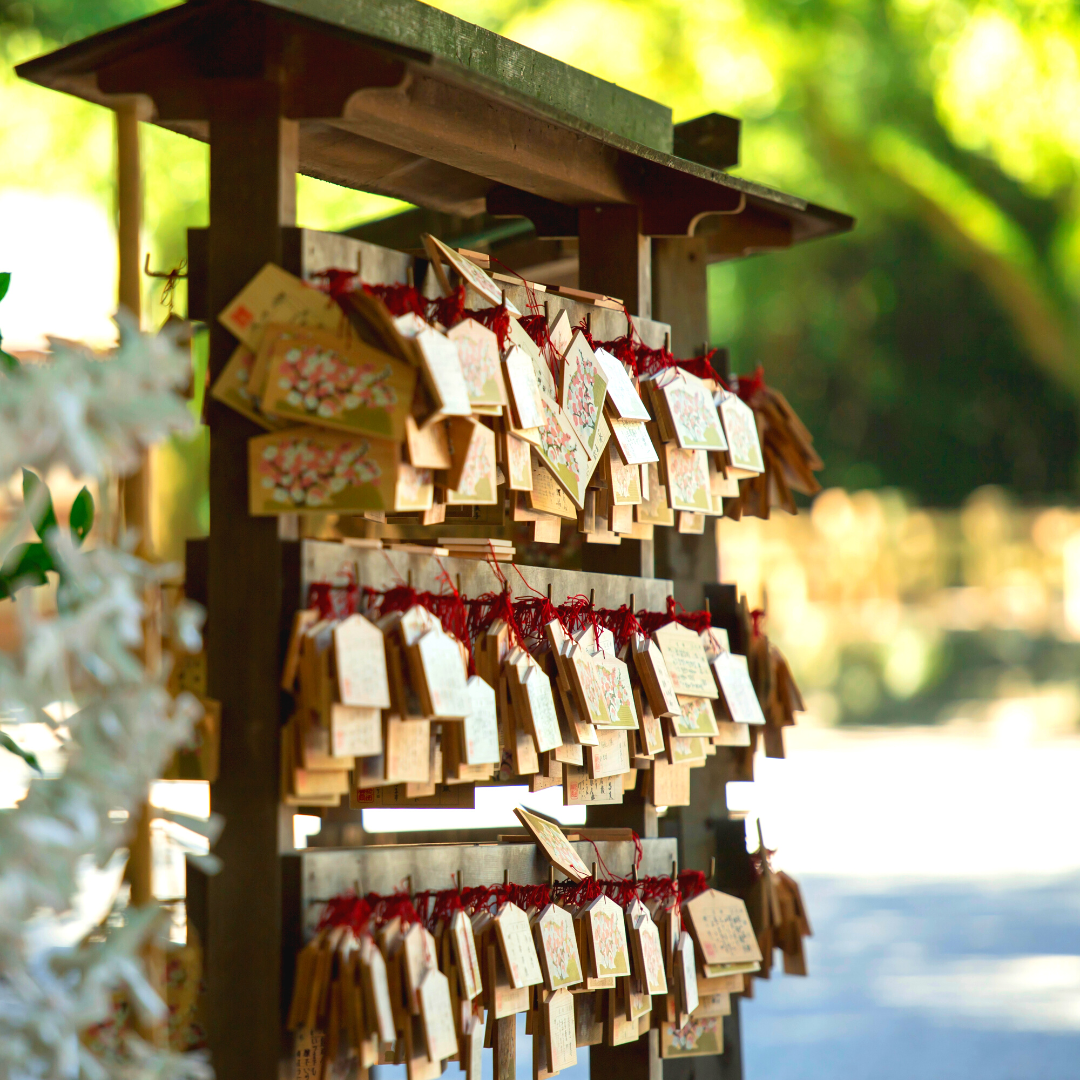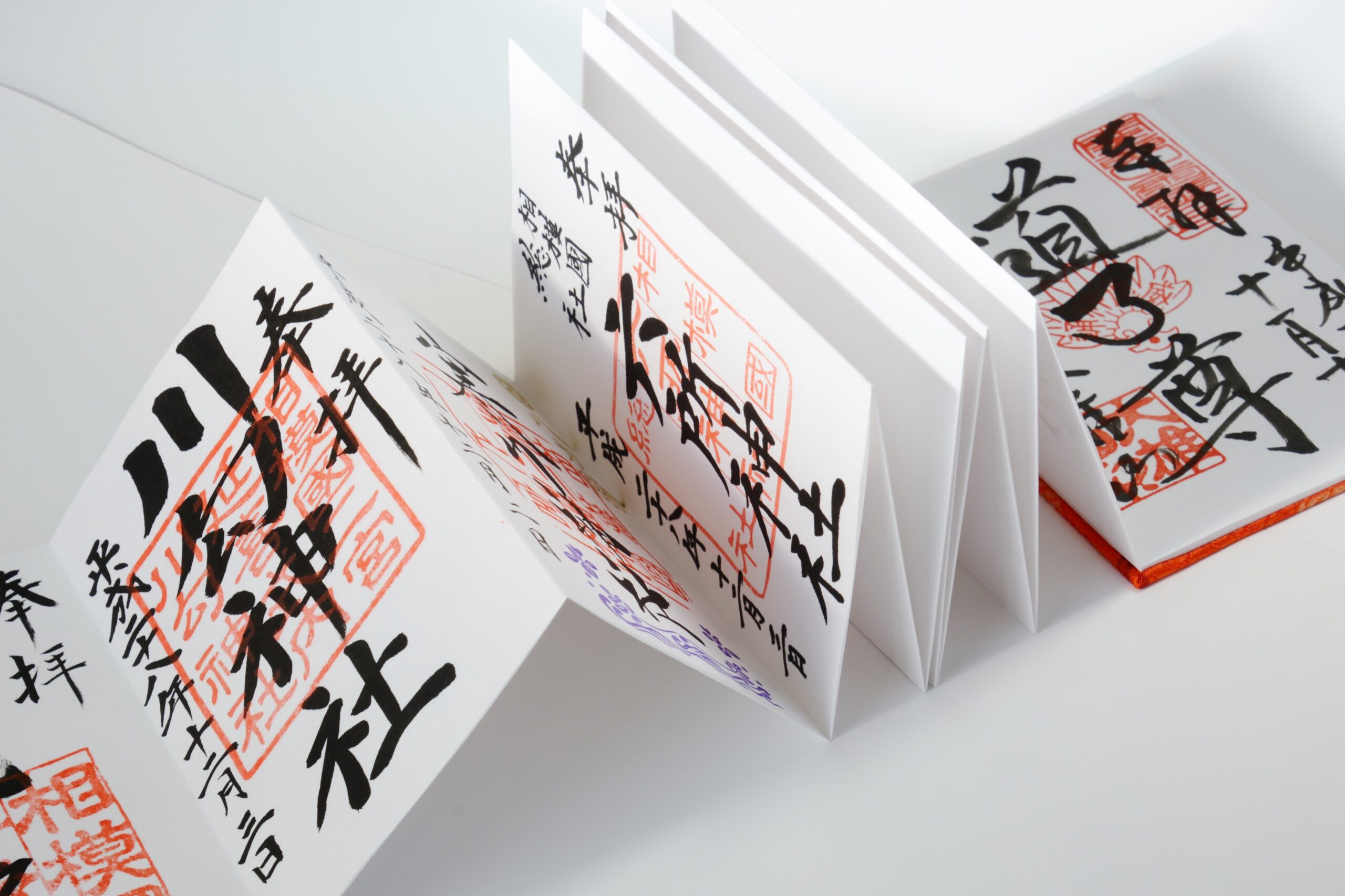Shrines and Temples
Shrines are based on Shinto and temples are based on Buddhism. Both have developed uniquely in Japan, combining with folk beliefs and other forms of worship of both gods and Buddha.
Despite several attempts throughout history to strictly separate them, they have never been completely fulfilled, and there are still shrines and temples that have both characteristics.
In this article, I will discuss shrines in general.
When do Japanese people visit shrines?
Shinto and Buddhism permeate Japanese life on a customary level. (See my previous article on Japanese religions.)
However, not many people visit shrines as a daily custom.
When do people visit shrines?
Hatsumode (January)
The first visit to a shrine after the New Year.
Many people go out on the night of December 31 and visit shrines on January 1.
Most people complete Hatsumode between January 1 and 3. They wish for a good new year.
Examination Season (January-February)
In Japan, students must pass examinations to enter some difficult junior high schools, high schools, and universities.
For this reason, many people ask god to help them pass the exams.
Of course, the best way to pass the exam is to improve one’s academic ability, but they go to ask for help as a good luck charm.
Whenever you have other requests (anytime)
Typical requests include prayers for easy delivery, protection from bad luck, and business prosperity.
The other is the first visit to the shrine, which is held one month after the baby is born. Shichi-Go-San pilgrimage according to the age of the child. (It is meant to report the growth of children who have turned 3, 5, and 7 years old.)
How to visit the shrine

- Purify your hands and mouth at the hand- and mouth-watering bucket
- Pray at the shrine
Please refer to this site for easy-to-understand illustrations! https://www.yamanashi-kankou.jp/rekitabi/en/etiquette.html
The following will be discussed later.
- Draw “Omikuji”
- Buy “Omamori”
- Write “Ema”
- Get Gosyuin
Things to do at shrines
Draw “Omikuji”
Omikuji are used to divine fortune. It is a kind of luck-testing, so try it with a light heart.
The content of the omikuji is considered more important than the outcome of the fortune.
Some of them have Japanese or Chinese poems written on them, and some of them can be used to learn lessons from them.
Take the omikuji back or tie it in place.

Buy “Omamori”
Omamori is sold at shrines. They are all good luck charms that symbolize people’s wishes.
The amulets and o-fuda are considered to be effective for one year after they are purchased.
They must be returned to the shrine where they were purchased. The returned amulets are burned at the shrine with a prayer called “otakiage” (burning at the stake).

If you buy an omamori, you should bring it with you when you come back to Japan one year later.
If you buy a new omamori, you will have an excuse to come back to Japan the next year.
Writing “Ema”
Ema is a wooden picture board sold at shrines along with omamori and other items.

You write your wish on the board and place it in the designated place. If your wish comes true, do not forget to pay a visit to the shrine to express your gratitude.
Collecting “Gosyuin”

In recent years, collecting Gosyuin has become popular in Japan. They are a symbol of one’s visit to a shrine, and are like a stamp rally for visiting shrines.
To receive Gosyuin, visitors must bring their own “Gosyuin book” and pay a fee.
The service has become popular due to the introduction of Gosyuin with ingenious designs and Gosyuin books with cute designs.
Although not all shrines offer them, it is a good idea to visit a shrine for Gosyuin.
Even such a wish? Unique Shrines
Hiko Shrine (Kyoto)
Airline companies, Japan Air Self-Defense Force, and even people involved in the rocket business come from all over Japan to pray for safety in the sky.
Go’o Shrine (Kyoto)
It is said to be beneficial to the legs and feet. It is visited by people wishing for the healing of illness and injury, the elderly, and athletes.
Yasui Konpira-gu Shrine (Kyoto)
It is said to break off bad relationships and bring good ones together. People who want to break off not only relationships but also bad relationships in the environment or their own vices are encouraged to visit this shrine.
Kisho Shrine (Tokyo)
This shrine is dedicated to the god of weather. It is visited by people who wish for fine weather on important days.

